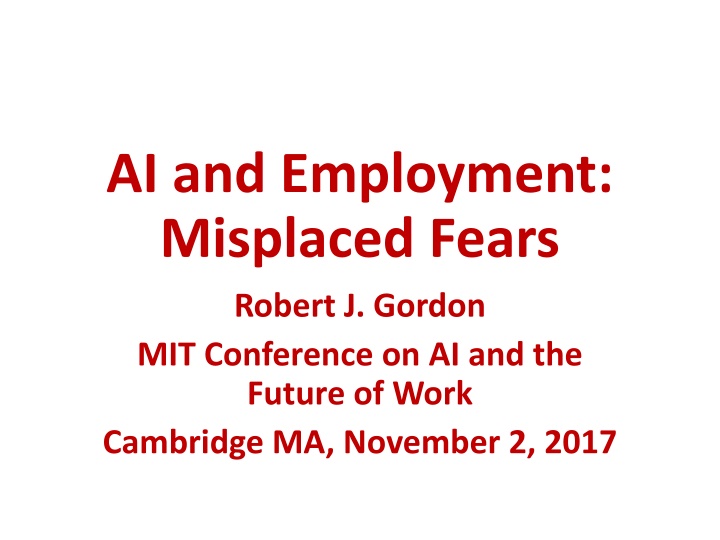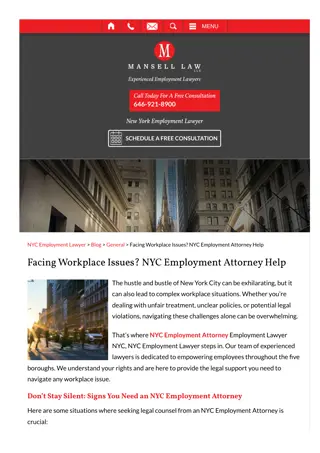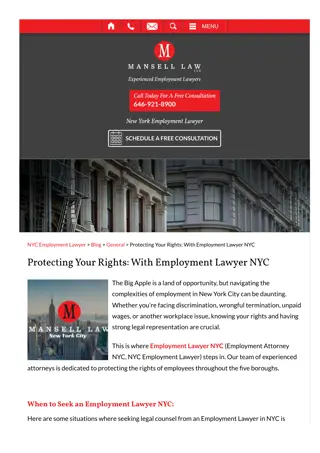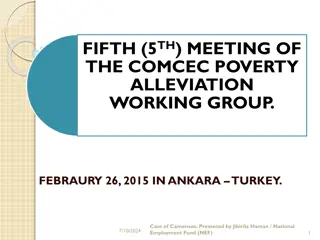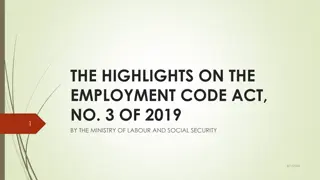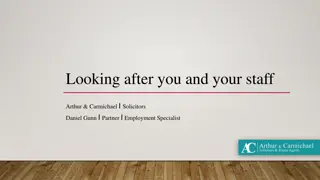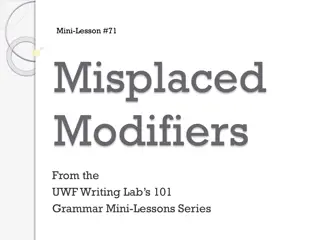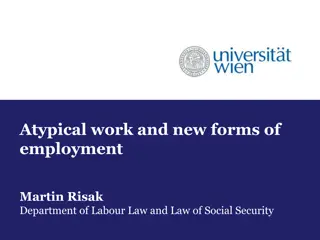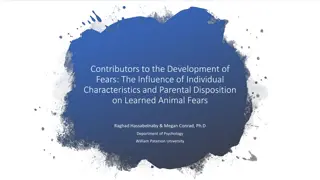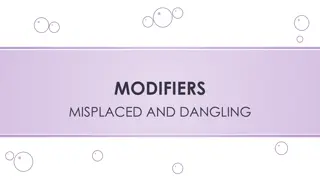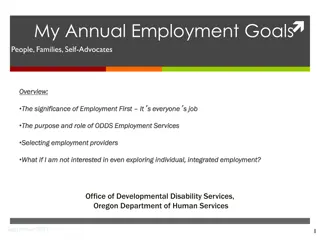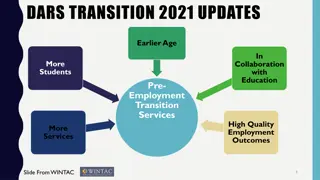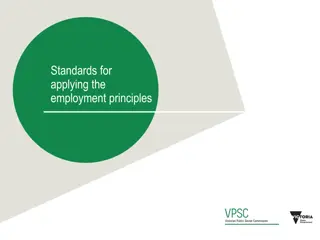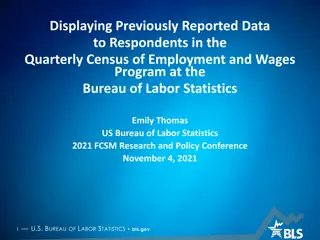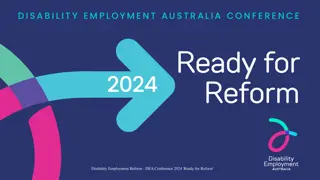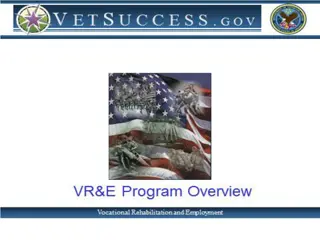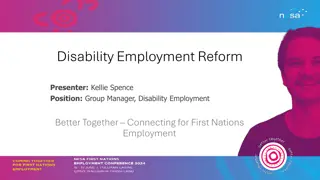AI and Employment: Misplaced Fears
Robert J. Gordon discusses AI and employment at the MIT Conference on AI and the Future of Work. He challenges fears surrounding the impact of AI on jobs, offering insights into the evolving landscape of work.
Download Presentation

Please find below an Image/Link to download the presentation.
The content on the website is provided AS IS for your information and personal use only. It may not be sold, licensed, or shared on other websites without obtaining consent from the author.If you encounter any issues during the download, it is possible that the publisher has removed the file from their server.
You are allowed to download the files provided on this website for personal or commercial use, subject to the condition that they are used lawfully. All files are the property of their respective owners.
The content on the website is provided AS IS for your information and personal use only. It may not be sold, licensed, or shared on other websites without obtaining consent from the author.
E N D
Presentation Transcript
AI and Employment: Misplaced Fears Robert J. Gordon MIT Conference on AI and the Future of Work Cambridge MA, November 2, 2017
AI: A Creator of Mass Unemployment? No invention in 250 years since the First Industrial Revolution has created Mass Unemployment The unemployment rate is now 4.2 percent 16 million new jobs have been created since 2009 Monetary policy has achieved low unemployment and can continue to do so Enormous churn in labor market. August 6.1m job openings, 5.4m hires, 5.2m separations of which 3.1m were voluntary quits Job losses from AI will be quickly offset by new jobs Shortages of workers: skilled manufacturing, construction, even long-distance truck drivers
Concern About Quality of Jobs? Nothing New and Nothing About AI Concern about polarization, hollowing out of the middle jobs, a familiar theme for last 15 years Concern about rising inequality a familiar theme for last 40 years Concerns for more than 40 years: mismatch of jobs by skill and location, low pay for unskilled workers New concern, shrinkage of labor s income share Surprising but true: 2006-16 skill mix increased more good than bad jobs were created
Whats New About AI and Robots? Robots? First in 1961, plentiful by 1995 Mainly in manufacturing, few in service sector, almost none in education or health care Amazon s warehouse robots haven t prevented massive increase of employment in e-commerce AI s creation dates back to 1957 IBM s Deep Blue beat Kasparov in 1997 IBM s Watson won at Jeopardy in 2011 What does AI involve besides games?
Job Displacement Varies from Severe to Minor Airline and hotel reservations system replaced most travel agents Voice recognition and language translation have replaced many transcribers and translators Computer phone menus replaced some customer service agents Bar-code scanning didn t replace check-out clerks Computerized radiology scans have not displaced radiologists, who still are required to sign off Most spending on AI is in marketing, but marketing analyst jobs have flourished McKinsey Quarterly survey
ATM Machines and Bank Teller Jobs
Brick and Mortar Retail Job Losses versus e-Commerce Job Gains
Conclusion My horizon is the next 20 years, not 50 or 100 years AI will displace some jobs, adding to labor market churn Spreadsheet example pervasive easy to predict jobs to be destroyed, harder to predict those to be created AI is nothing new, and its evolution over the past decade has been accompanied by slow productivity growth and since 2009 by continuous net job creation, not net job destruction
